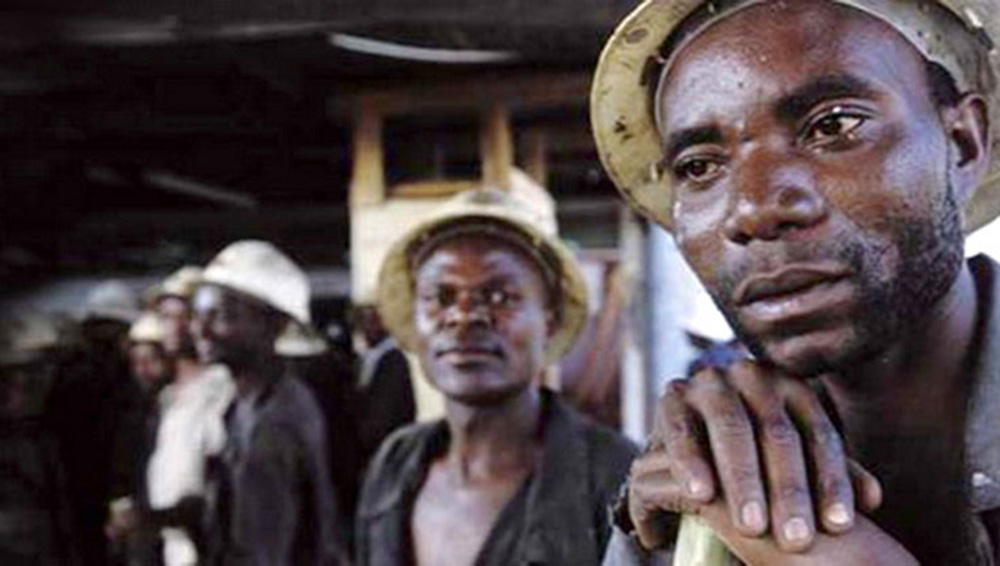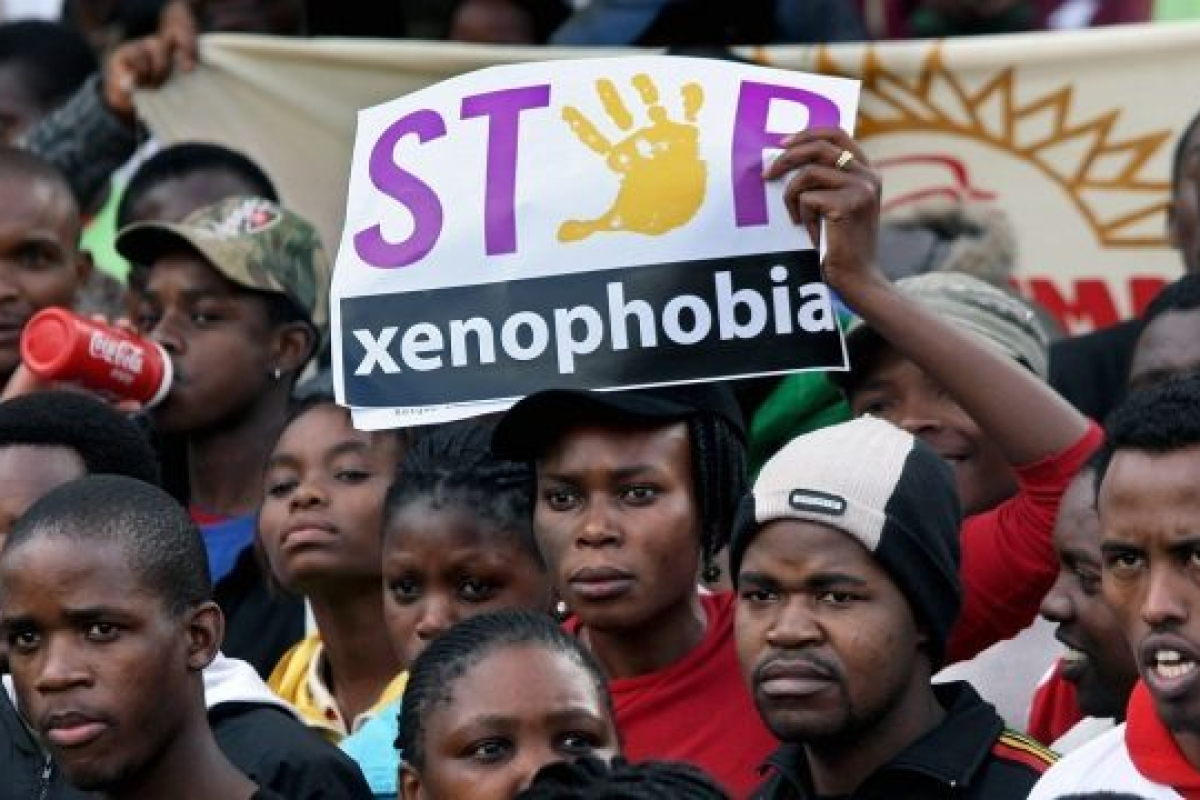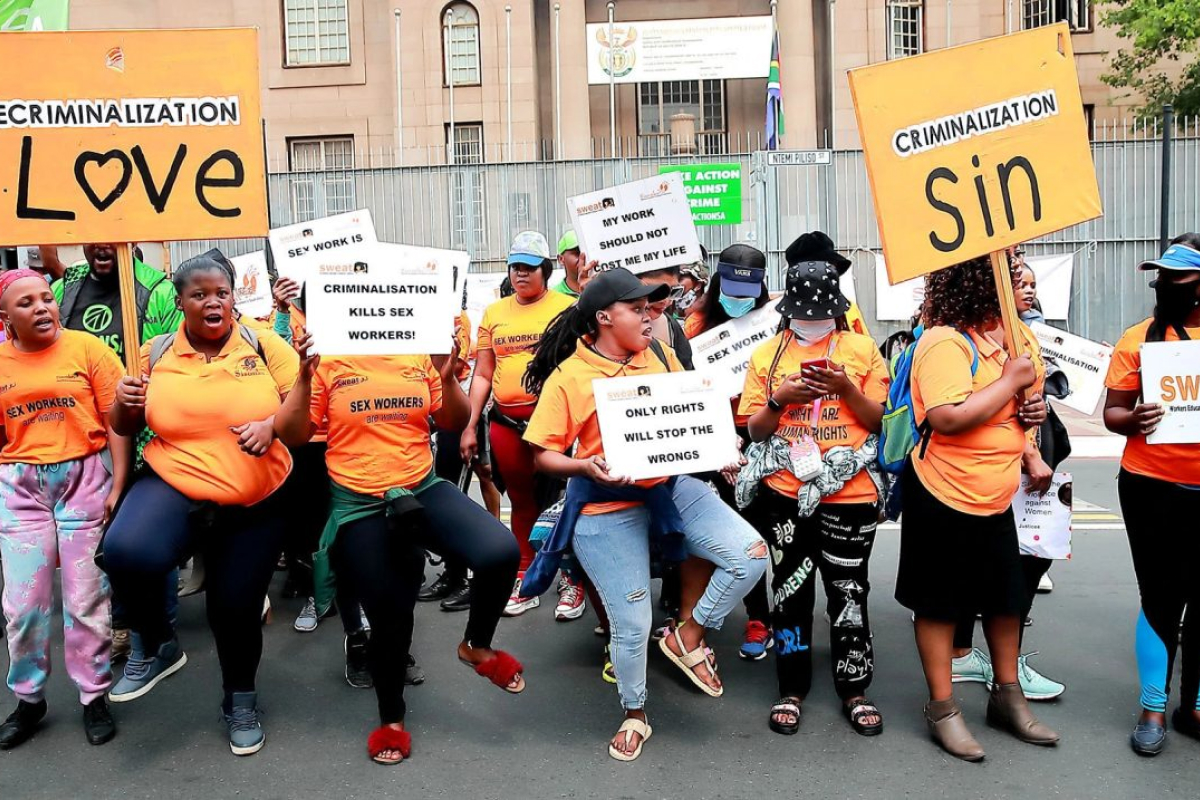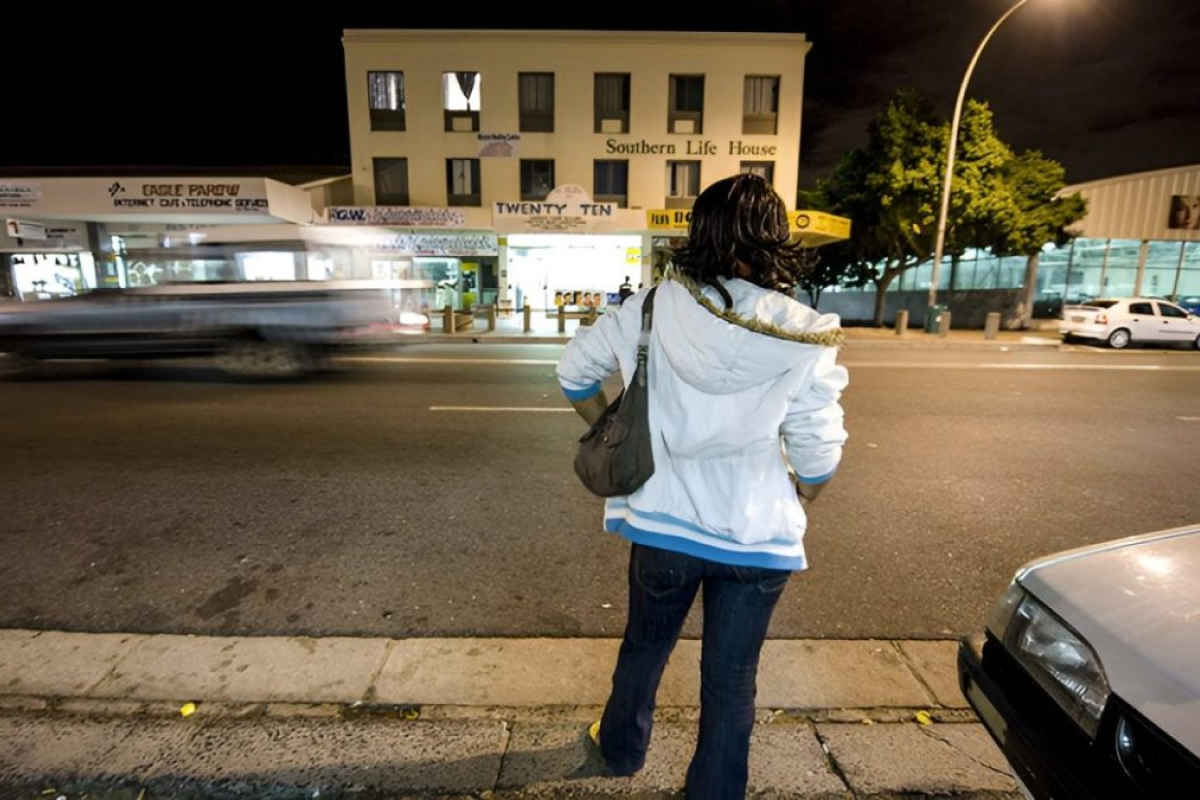In 2011, the Constitutional Court made a landmark ruling in Mankayi v Anglogold Ashanti, and determined that former mineworkers who suffer compensable diseases in terms of the Occupational Diseases in Mines and Works Act (ODIMWA) have the right to institute damages claims against their former employers. Thembekile Mankayi alleged that AngloGold negligently exposed him to harmful dusts while he was an underground worker from 1979-1995, which led him to develop Tuberculosis (TB) and chronic obstructed airways. These diseases left him unable to work, but he received only R16,320 in damages under ODIMWA, less than a year’s salary.
Mr. Mankayi never saw justice – he died from lung disease six days before judgment was delivered. But his fight paved the way for tens of thousands of mineworkers with similar diseases who have the opportunity to hold the industry to account.
In hearings scheduled for October 2015 in the South Gauteng High Court, gold mineworkers are now suing 32 gold mining companies, collectively the entire South African gold mining industry, for their right to fair compensation for Silicosis and TB contracted in the mines. This unprecedented class action lawsuit is being brought by 56 current and former mineworkers and the surviving dependents of mineworkers that died from these diseases. They are class representatives for tens of thousands of their counterparts in this lawsuit.
The Legal Resources Centre, Richard Spoor Attorneys and Abrahams Kiewitz Incorporated are representing the 56 applicants. The Treatment Action Campaign (TAC) and Sonke Gender Justice, represented by SECTION27, have applied to intervene in the case as amici curiae to put the evidence described in this article before the court. The hearing to admit TAC and Sonke will be heard the week of 13 April 2015.
The South African gold mining industry has long been criticised for the poor treatment of its workers and the dangerous conditions in which they work. Dust in the mines literally kills mineworkers: Silicosis, a degenerative lung disease caused by inhaling silica dust in the mines, and TB, easily transmitted in poorly ventilated mine shafts, are endemic occupational diseases. Professor Jonny Myers of the University of Cape Town’s Centre for Occupational and Health Research says that the gold mines “convert lung structure and lung function into profit”.
For decades, these gold mining companies have been under a number of legal duties to prevent and treat lung diseases such as Silicosis and TB. The industry as a whole has failed to comply with its duties to improve conditions that drive these epidemics amongst workers. Even worse, the industry has fought viciously against stricter regulation that would protect the health of workers. Consequently, mineworkers in South Africa are exposed to levels of silica dust that are four times higher than is permitted in Europe or North America. Moreover, the mining industry’s actions drive the TB epidemic at large and burden South Africa’s public health system – a cost to us all.
The gold mining industry has effectively displaced its responsibility for taking care of sick miners onto women living in poverty stricken rural mine-sending areas. When mineworkers return home sick with Silicosis and TB, it is women who take care of them, at great personal and financial expense. All too often the mothers, sisters, wives and partners of sick mineworkers are required to withdraw from formal and informal work, or (in the case of girls) leave school, in order to care for those with mine-induced chronic and often fatal respiratory illnesses. Women with precarious employment and girls with limited formal education are more vulnerable to HIV and gender-based violence, hindering their right to equality.
Mineworkers experience high levels of HIV and often experience co-morbidity of HIV, Silicosis and/or TB. Even without HIV, co-morbidity with TB and Silicosis is very common. The risk of developing TB is three times higher in mineworkers with Silicosis than compared to a group without silicosis. Providing care for these patients is often strenuous, full-time work.
Since the discovery of gold in South Africa, the mining industry has depended on the migrant labour system as a means to channel great wealth to a few while maintaining the majority in poverty. This system is inseparable from our country’s racist legacy. The apartheid state and the Chamber of Mines ensured that the mines enjoyed a cheap, racialised labour force by controlling hiring, imposing the “colour bar” and passing the Natives Land Act and the Pass Laws. Gold mining companies raked in unspeakable wealth, while mineworkers, their families and communities were left devastated.
This devastation is acute in communities that provided mining labour in the former Transkei, Lesotho and Mozambique. The former Transkei, by far the largest provider of labour to these mines, experiences the worst levels of deprivation in the country, whether measured by rates of employment, level of education, living conditions or material deprivation. Research by the Southern African Social Policy Research Institute found that as of 2011, 69% of households in the former Transkei had no refrigerator, telephone, television or radio, and 58.4% people between the ages of 18-64 had no secondary schooling.1
Recent research by the Health Systems Trust2 puts a fine point on the deprivation and illness caused by the exploitation of gold mineworkers in the former Transkei. Almost all of the former workers in the study had symptoms of respiratory illness. TB was diagnosed in a quarter of them while in the mines and half of them after leaving the mines. None of them were formally employed and 92% said they went without food or experienced hunger every month.
Almost none of the gold mine workers who develop Silicosis or TB have been compensated for their losses. ODIMWA sets a compensation ceiling much lower than that available under the Compensation for Occupational Diseases Act, which applies to every other industry in South Africa. Moreover, the Health Systems Trust’s research found that 99% of the former mineworkers interviewed had no working knowledge of ODIMWA. A study by Deloitte found that less than 1.5% of claims of people certified as eligible for compensation through ODIMWA actually received their full compensation. These difficulties are compounded for foreign migrant workers who rarely know of their social security status in South Africa, and struggle to access benefits from their country of origin, where they must return after their employment ends.
This historic class action lawsuit presents the best opportunity to date to end the impunity with which profit-obsessed gold mining companies in South Africa exploit and discard their workers and put the wider community at risk. It has the potential to address the grave dangers faced by mineworkers, as well as the minimal compensation offered through ODIMWA for the workers, their families, dependents and communities, all of whom suffer because of the unjust system that exists today.
Notes
- Noble, M., Zembe, W., Wright, G. , Avenell, D., (2013) Multiple Deprivation and Income Poverty at Small Area Level in South Africa in 2011 Cape Town: SASPRI.
- Jaine Roberts, The Hidden Epidemic Amongst Former Mineworkers: Silicosis, Tuberculosis and the Occupational Diseases in Mines and Works Act in the Eastern Cape, South Africa. Health Systems Trust. 2009.








